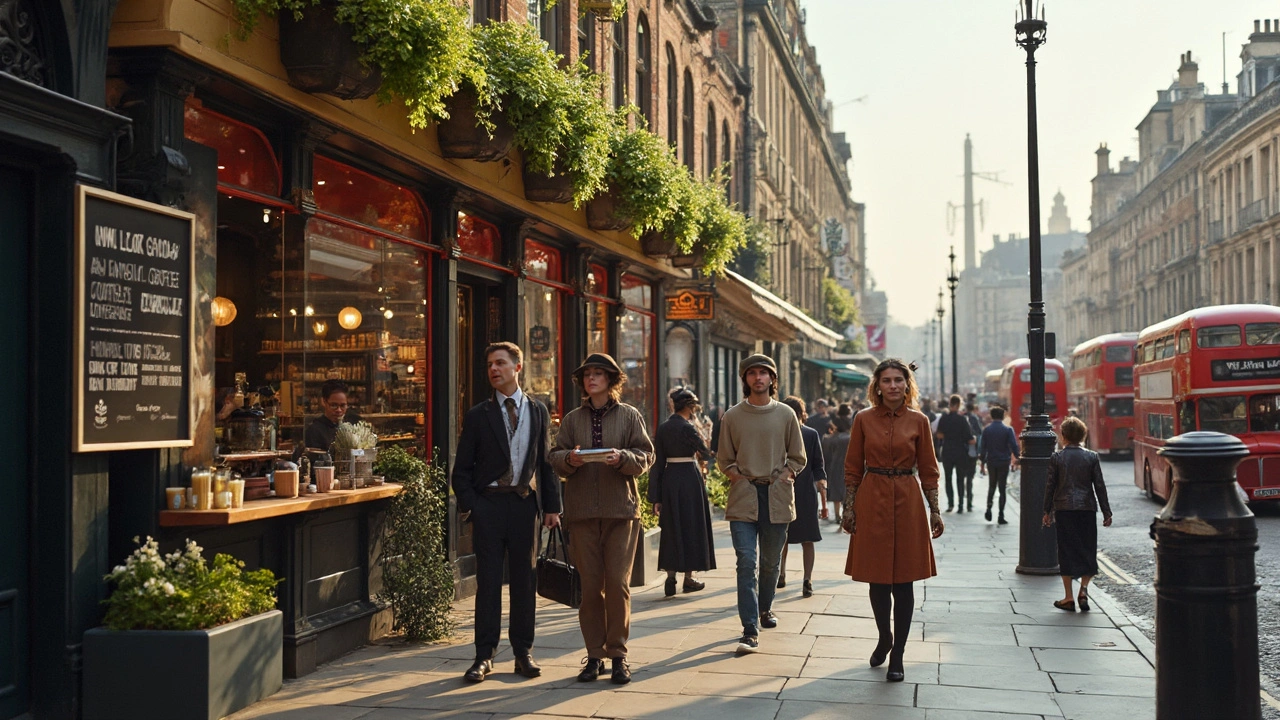Society and Architecture: Read Buildings Like a Story
Buildings are social records. They show what a culture valued, who had power, and how people lived day to day. From Roman aqueducts that moved water to Georgian townhouses that shaped cities, architecture is a map of social needs and ideas. If you learn to read it, you get fast insights into history, politics, and everyday life.
Want a quick trick for spotting social clues in a building? Look at scale and detail. Big public spaces, grand columns, and rich decoration usually signal authority and public ritual. Small, efficient houses or plain facades often reflect changing economics, technology, or a push for privacy. That pattern runs through styles you already know: Roman engineering, Gothic spires, Colonial symmetry, and even modern minimalism.
Why styles matter for neighborhoods
Styles shape how people use streets and squares. Greek Revival and Beaux-Arts buildings give a town a civic, formal feel. Craftsman bungalows say: quiet, family life. Postmodern or Expressionist buildings can make a district feel playful or experimental. If a city keeps certain styles, it also keeps specific social habits—where people meet, shop, or relax. Urban planners borrow these cues on purpose when they want neighborhoods to behave a certain way.
Preservation is another social choice. Saving a Beaux-Arts library or restoring a Gothic church preserves memory and civic pride. But preservation also raises questions: who gets a voice in deciding what stays? Articles on preserving Beaux-Arts and restoring Renaissance Revival buildings dig into these trade-offs and offer practical steps for communities and owners.
How this tag helps you
On this tag page you’ll find practical reads: travel tips to spot hidden Roman gems, quick guides to Gothic Revival details, and down-to-earth advice for adding Craftsman or Colonial touches to your home. There are also pieces that pull architecture into social ideas—like a plain guide to functionalism in sociology and short, useful tips on minimalism in tech and living.
Use these posts when you travel, shop for a home, or plan a renovation. Want a faster way to pick a renovation style? Start with what fits the neighborhood’s scale and materials, not just the look. Want to learn on the go? Look for signature elements: rounded Roman arches, Gothic pointed arches, gambrel roofs on Dutch Colonial Revival houses, or the flowing lines of Art Nouveau.
Finally, think of architecture as a set of clues you can read. Buildings tell stories about economy, faith, power, and daily life. The posts under this tag make those stories clear and useful—whether you’re curious, renovating, or helping shape your town.

Revivalism's Role: Shaping Modern Society Through Change
Revivalism isn't just something from dusty history books; it's happening right now, shaping everything from culture to communities. This article unpacks why people are drawn toward reviving old traditions and how these movements can actually change modern life. You'll get real-life examples, surprising facts, and practical ways revivalism connects us all. Curious if your favorite coffee shop, music festival, or even spiritual community is influenced by revivalist trends? You're about to find out how deep this rabbit hole goes.
Read more